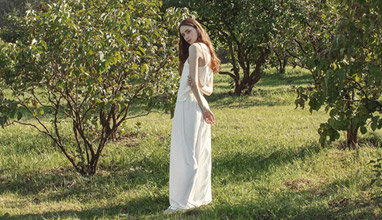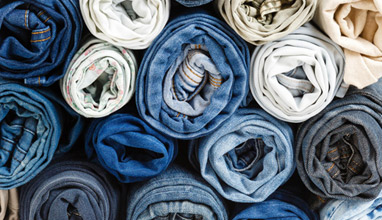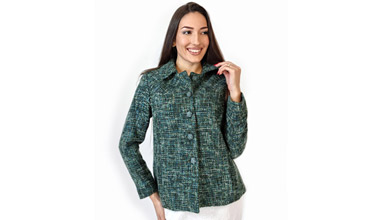What is linen fabric - everything you need to know
Where the linen comes from?
Linen is considered the oldest textile in the world. In fact, its first use goes back about 10,000 years ago. The linen was appreciated by the Egyptian priests in particular who wore linen because of its whiteness, which symbolized purity. The Phaeacians navigators (corresponding approximately to the current Lebanon) bought the linen in Egypt and made it known in Greece, in Italy, Ireland, England, France… Everywhere, the linen was appreciated for its extremely practical side and multi uses.
Today it is grown in Europe and 80% of its production comes from France.
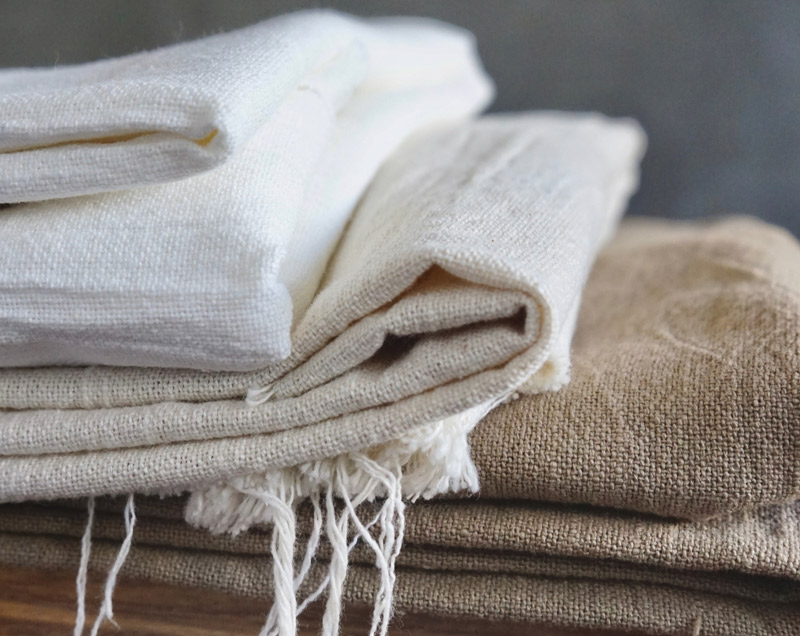
What is the specificity of linen?
Linen is a textile material that lends itself to all uses - it can be a very fine and almost transparent cloth and a heavy fabric. And then, not negligible quality, the linen doesn’t fluff up thanks to its long fibers. The more linen is washed, the better it ages. Long life = responsible consumption.
This fabric is made from the linen flax. It is harvested one month after the flowering, when the plant turns yellow. We then proceed to the uprooting. Then comes the retting, scutching, combing and spinning.
At first, once the flax is harvested, it is spread out on the ground in the field, where bacteria and moisture disintegrate the outer part of the stems that surround the fibers, making it easier to extract the fibers.
The retted linen straw is then crushed and threshed to remove residues such as wood and the skin of the stems.
In order to be used by the textile industry, linen fibers must be spun. To prepare for spinning, the fibers are first combed that is to say that they are made more parallel. Linen is not spun in the same way as cotton, whose fibers are more elastic, longer, overall, and more homogeneous. Specific spinning techniques are used for linen.
What is the purpose of the linen fabric?
The field of application of linen is found in many sectors.
Clothing is the most important use of linen in textiles and has 60% of the production. Linen has long been established as a material that provides unparalleled comfort. It absorbs moisture, keeps it cool in the summer, and is naturally antibacterial and hypoallergenic. In addition, its durability is immeasurable, and linen garments last twice as long as cotton garments. It does not fluff or deform. It can be woven into a shirt or knitted into a T-shirt. Beautiful linen jackets are also produced from fabric, containing linen and viscoose blend.
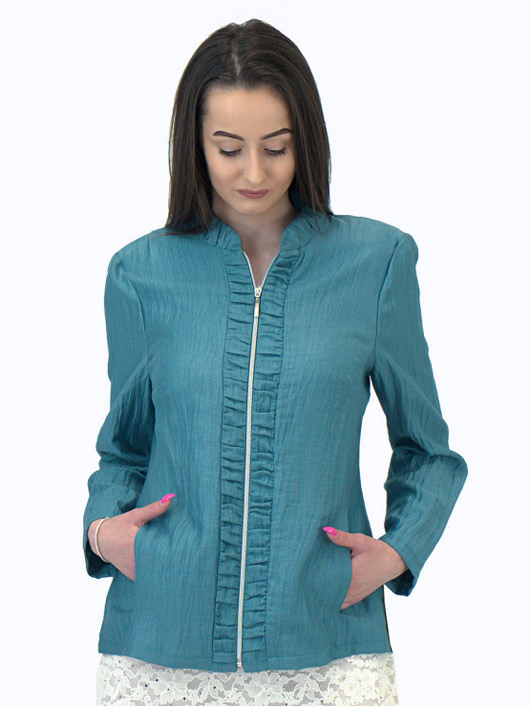
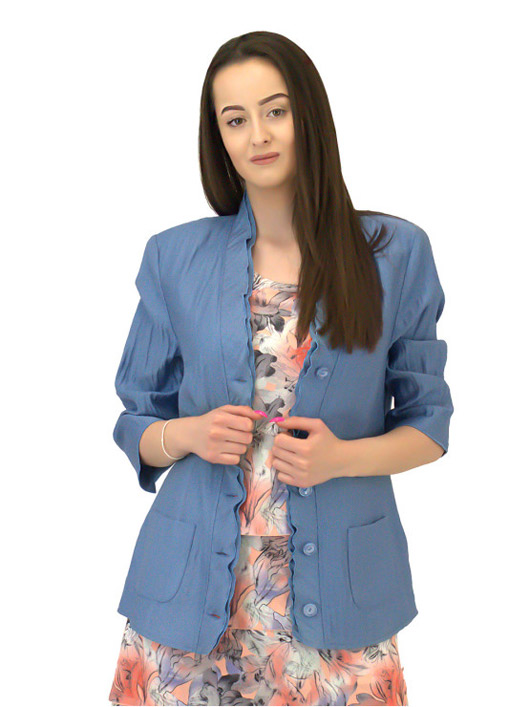
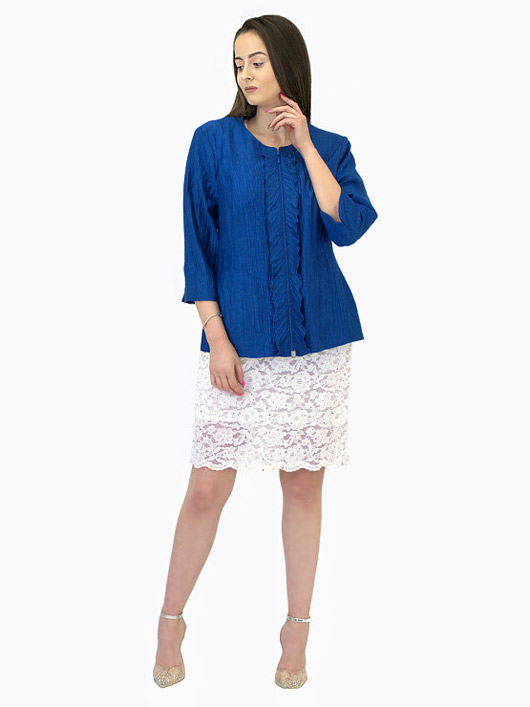
Linen is also used in the field of furniture textiles and represents 30% of the production, that is, textiles dedicated to interior design. Linen calms us down and represents the nature around us. Curtains, cushions, beds, tables and kitchen laundry use linen for its noble image, timeless simplicity, elegance, resistance and longevity.
But, what about the last 10%?
The pulp: it is used to make paper, including banknotes, normal paper, etc.
Seeds: they are used as food, that is already less a scoop, but also hot water bottles with therapeutic effect
Oil: the protection of wooden garden furniture, we also knew that, but also in cosmetic, paint, printing inks, glazier’s putty.
Linen is an inspiration to stylists and designers, has many reasons to appeal to consumers, and is considered very effective on a technical level. So, don’t hold back on this material that has it all.
Hits: 13812 | Leave a comment
Tags:linen fabric, linen, textile, fabric guide




